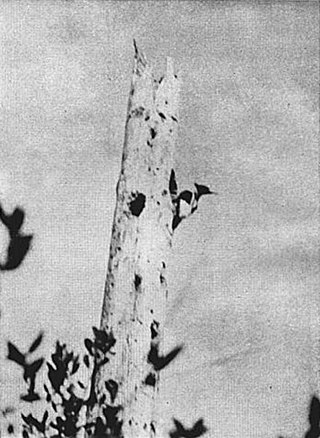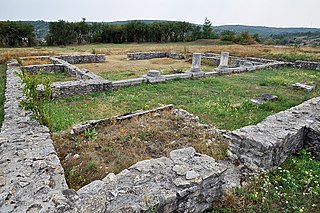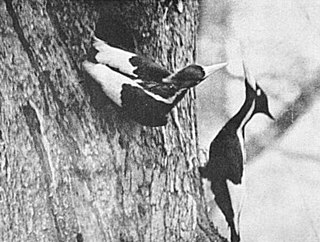Princeps is a Latin word meaning "first in time or order; the first, foremost, chief, the most eminent, distinguished, or noble; the first man, first person". As a title, princeps originated in the Roman Republic wherein the leading member of the Senate was designated princeps senatus. It is primarily associated with the Roman emperors as an unofficial title first adopted by Augustus in 23 BC. Its use in this context continued until the regime of Diocletian at the end of the third century. He preferred the title of dominus, meaning "lord" or "master". As a result, the Roman Empire from Augustus to Diocletian is termed the "principate" (principatus) and from Diocletian onwards as the "dominate" (dominatus). Other historians define the reign of Augustus to Severus Alexander as the Principate, and the period afterwards as the "Autocracy".

The Autostrade are roads forming the Italian national system of motorways. The total length of the system is about 7,016 kilometres (4,360 mi), as of 30 July 2022. In North and Central Italy, the Autostrade mainly consists of tollways managed by Autostrade per l'Italia, a holding company controlled by Cassa Depositi e Prestiti. Other operators include ASTM, ATP, and Autostrade Lombarde in the north-west; Autostrada del Brennero, A4 Holding, Concessioni Autostradali Venete, and Autovie Venete in the north-east; Strada dei Parchi, SALT, SAT, and Autocisa in the center; and CAS in the south.

The Cuban ivory-billed woodpecker is a subspecies of the ivory-billed woodpecker native to Cuba. Originally classified as a separate species, recent research has indicated that C. p. bairdii may, in fact, be sufficiently distinct from the nominate subspecies to once again be regarded as a species in its own right.

The castra of Buciumi was a fort in the Roman province of Dacia in the 2nd and 3rd centuries AD. Remains of the surrounding vicus were also unearthed. The castra's ruins are located in Buciumi, Romania.
Callindra principalis is a moth of the family Erebidae. It was described by Vincenz Kollar in 1844. It is found in the Pamir Mountains, Afghanistan, Pakistan, Kashmir, the Himalayas, Nepal and China.

Sternotomini is a tribe of longhorn beetles of the subfamily Lamiinae. It was described by Thomson in 1860.

Freadelpha is a genus of longhorn beetles of the subfamily Lamiinae, containing the following species:

The ivory-billed woodpecker is a possibly extinct woodpecker that is native to the bottomland hardwood forests and temperate coniferous forests of the Southern United States and Cuba. Habitat destruction and hunting have reduced populations so thoroughly that the species is listed by the International Union for Conservation of Nature (IUCN) on its Red List as critically endangered, and by the American Birding Association as "definitely or probably extinct". The last universally accepted sighting of an American ivory-billed woodpecker occurred in Louisiana in 1944, and the last universally accepted sighting of a Cuban ivory-billed woodpecker occurred in 1987, after the bird's rediscovery there the prior year. Sporadic reports of sightings and other evidence of the persistence of the species have continued since then.
Freadelpha chloroleuca is a species of beetle in the family Cerambycidae. It was described by Harold in 1879.
Freadelpha cinerea is a species of beetle in the family Cerambycidae. It was described by James Thomson in 1878.
Freadelpha coronata is a species of beetle in the family Cerambycidae. It was described by Karl Jordan in 1896.

Freadelpha eremita is a species of beetle in the family Cerambycidae. It was described by John O. Westwood in 1845, originally under the genus Lamia. It has a wide distribution in Africa.
Freadelpha rex is a species of beetle in the family Cerambycidae. It was described by Karl Jordan in 1903.
Freadelpha amoena is a species of beetle in the family Cerambycidae. It was described by Westwood in 1841. It is known from the Republic of the Congo, the Democratic Republic of the Congo, and Ghana.
Freadelpha burgeoni is a species of beetle in the family Cerambycidae. It was described by Stephan von Breuning in 1935.
Freadelpha confluens is a species of beetle in the family Cerambycidae. It was described by Harold in 1879. It is known from Tanzania, the Democratic Republic of the Congo, Angola, and Zambia.
Freadelpha leucospila is a species of beetle in the family Cerambycidae. It was described by Karl Jordan, in 1903. It is known from the Republic of the Congo, the Democratic Republic of the Congo, and Equatorial Guinea.
Freadelpha murrayi is a species of beetle in the family Cerambycidae. It was described by Chevrolat in 1855. It is known from Gabon, Cameroon, and Nigeria.

Freadelpha polyspila is a species of beetle in the family Cerambycidae. It was described by Harold in 1879. It is known from the Democratic Republic of the Congo, Tanzania, Angola, Zambia, and Malawi.







